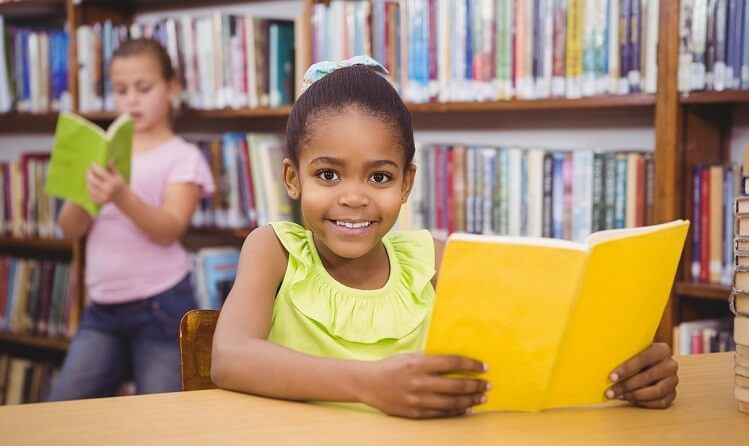
In The Well-Trained Mind, Fourth Edition, we suggest that history be taught chronologically. We also recommend that literature be taught hand-in-hand with history.
When you study literature and history together, you reunite two fields of learning (stories written in the past, and the story of the past itself) that should never have been pulled apart. We know about history from archaeology and anthropology, but our primary source of historical knowledge is the testimony of those who lived in the past. Without the books written by Aristotle, Homer, Plato, Virgil, and Julius Caesar, we would know very little about the politics, religion, culture, and ideals of Greece and Rome; without the myths, legends, and stories of the past, we would not know how women and men who came before us experienced the great events around them.
We suggest that literature follow the same pattern as history studies:
- Ancients (5000 B.C.–A.D. 400)
- Medieval–early Renaissance (400–1600)
- Late Renaissance–early modern (1600–1850)
- Modern (1850–present)
During the early grades, try to give the child simplified versions of the original literature that he’ll be reading in the higher grades, or introduce him (through stories or biographies) to a writer he’ll encounter later. These include retellings of ancient myths, of the Iliad and Odyssey, of Shakespeare and Dickens; fairy tales of ancient China and Japan, stories of the Bible, myths of Rome and Greece, Aesop’s fables, stories about the great Greeks and Romans, books about Shakespeare’s life; stories of King Arthur and the Knights of the Round Table, and many more (we provide extensive lists in The Well-Trained Mind.)
During the middle grades, the student can add in biographies of great women and men as well as the wonderful historical novels (such as Newbery Medal winners) written for middle school readers. Sixth and seventh graders can make a first run at Shakespeare; seventh and eighth graders can begin to tackle some of the easier classics of early modern and modern literature, such as Gulliver’s Travels, the works of Washington Irving, Robert Browning, Lewis Carroll, Louisa May Alcott, Rudyard Kipling, and Arthur Conan Doyle (to name just a few).
High school students can move on to the great books themselves. While studying ancient history, ninth graders might read selections from the Old Testament, the Epic of Gilgamesh, excerpts from Herodotus, Josephus, and Plutarch; tenth graders who are learning about the Middle Ages and Renaissance could read Beowulf, Everyman, Sir Gawain and the Green Knight, The Prince, and Utopia; eleventh graders can tackle the early modern writers such as Cervantes, Milton, Bunyan, Benjamin Franklin, Jane Austen, and Mary Shelley; high school seniors, studying modern history, can begin with Emily Dickinson, move through Harriet Beecher Stowe, Leo Tolstoy, Thomas Hardy, and Frederick Douglass, and end up with Robert Frost, Tennessee Williams, Tom Stoppard, and Elie Wiesel. (You’ll find extensive lists and much more direction on how to this in The Well-Trained Mind. )
“The old books,” writes classical schoolmaster David Hicks, “lay a foundation for all later learning and life.” The student who has read Aristotle and Plato on human freedom, Thomas Jefferson on liberty, Frederick Douglass on slavery, and Martin Luther King, Jr., on civil rights, all the time studying the history that gave rise to these great works, will read Toni Morrison’s Beloved with an understanding denied to the student who comes to the book without any knowledge of its roots. The ultimate goal of combining history and literature study is a greater understanding of our own civilization, country, and place in time, stemming from an understanding of what has come before us.
Recommended Products
-
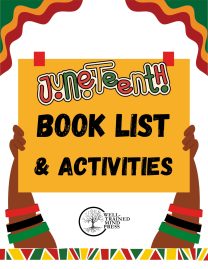
Juneteenth Booklist & Activities
0 out of 5$0.00 Add to cart -
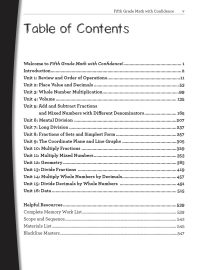
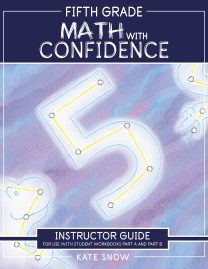
Fifth Grade Math with Confidence Instructor Guide
0 out of 5Starting at:$36.95Original price was: $36.95.$27.71Current price is: $27.71. Select options -
Sale!

Hansel & Gretel and Other Stories: Downloadable MP3
0 out of 5$12.95Original price was: $12.95.$8.42Current price is: $8.42. Add to cart -
Sale!
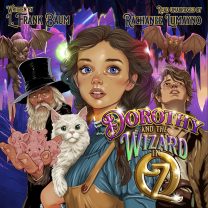
Dorothy and the Wizard in Oz: Downloadable MP3
0 out of 5$25.95Original price was: $25.95.$16.87Current price is: $16.87. Add to cart -
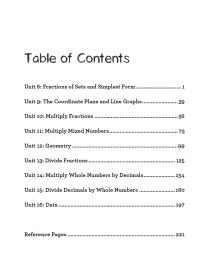 Sale!
Sale!
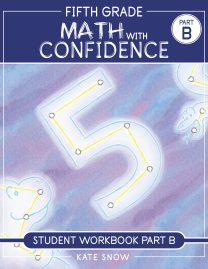
Fifth Grade Math with Confidence Student Workbook B
0 out of 5$16.46 – $21.56 Select options This product has multiple variants. The options may be chosen on the product page -
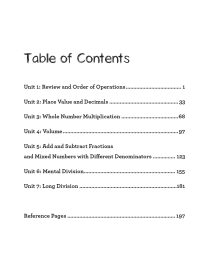 Sale!
Sale!
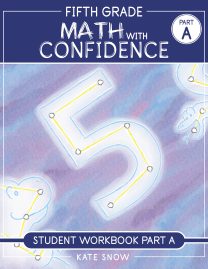
Fifth Grade Math with Confidence Student Workbook A
0 out of 5$16.46 – $21.56 Select options This product has multiple variants. The options may be chosen on the product page
ABOUT THE AUTHOR
Susan Wise Bauer
Join over 100,000 homeschooling families
For the latest offers, educational insights, products and more.
By joining you agree to our privacy policy.
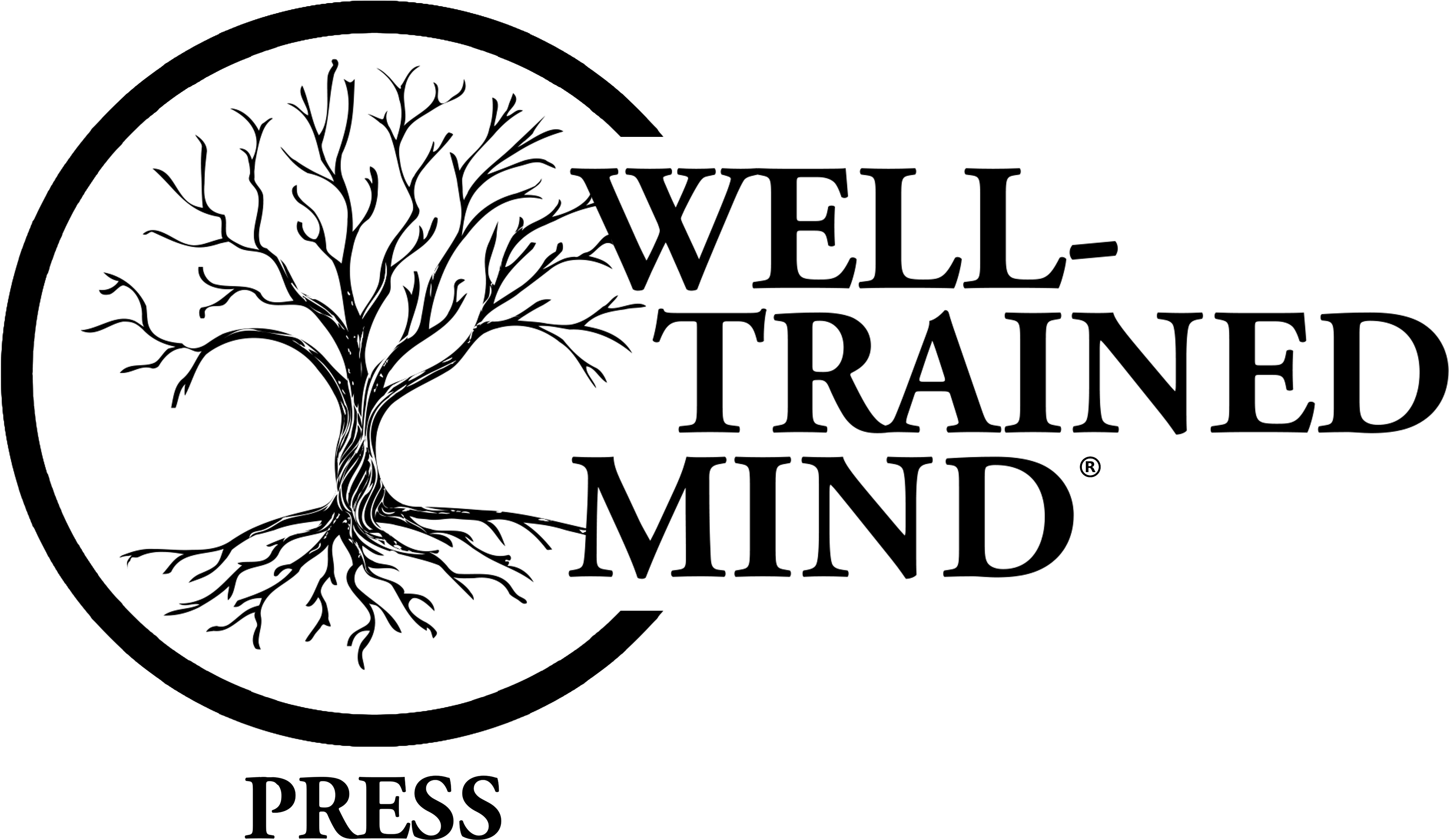
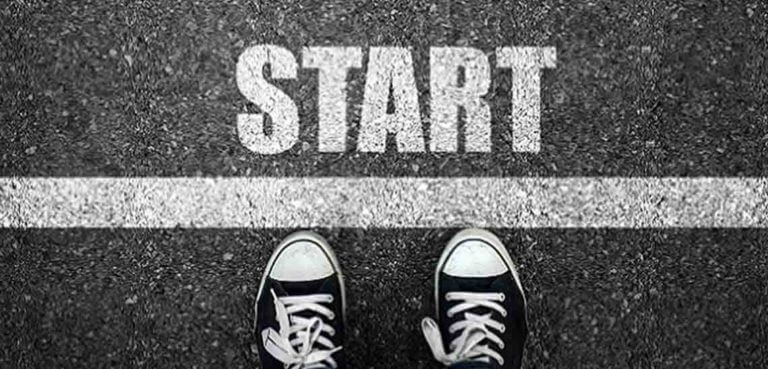
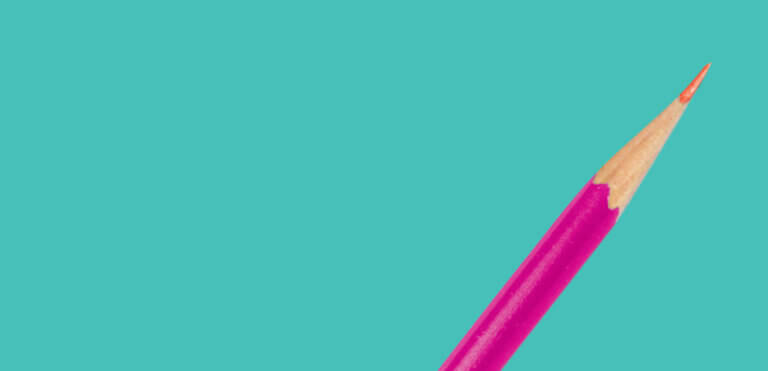
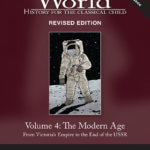
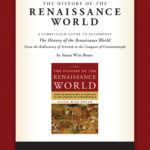

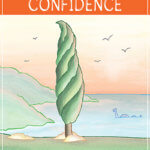
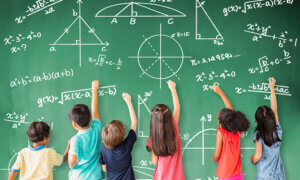
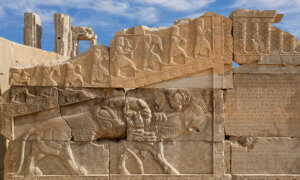

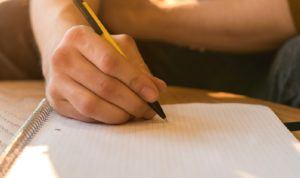
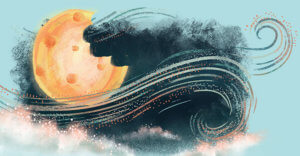

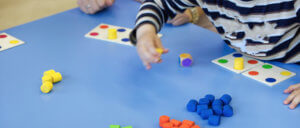


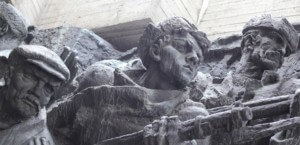
4 thoughts on “Combining History and Literature: Why and How”
I am having trouble finding more information on how to do this. Could you provide the link? I would like to combine World History and Literature in the fall. Thanks!
The most in-depth treatment of this is in the book “The Well-Trained Mind, 4th edition,” by Susan Wise Bauer and Jessie Wise, chapter 27. The book is available from our website, or Amazon, or your local bookstore or library.
Hello, are the lists geared for middle school students or could be used for third grade?
I’m searching the book and the site to find any suggestions on a third grade literature program. Thanks.
A full list of suggested third-grade books, in chronological order, is found in chapter 5, pages 85-94, of the 2016 edition of The Well-Trained Mind (the fourth edition).